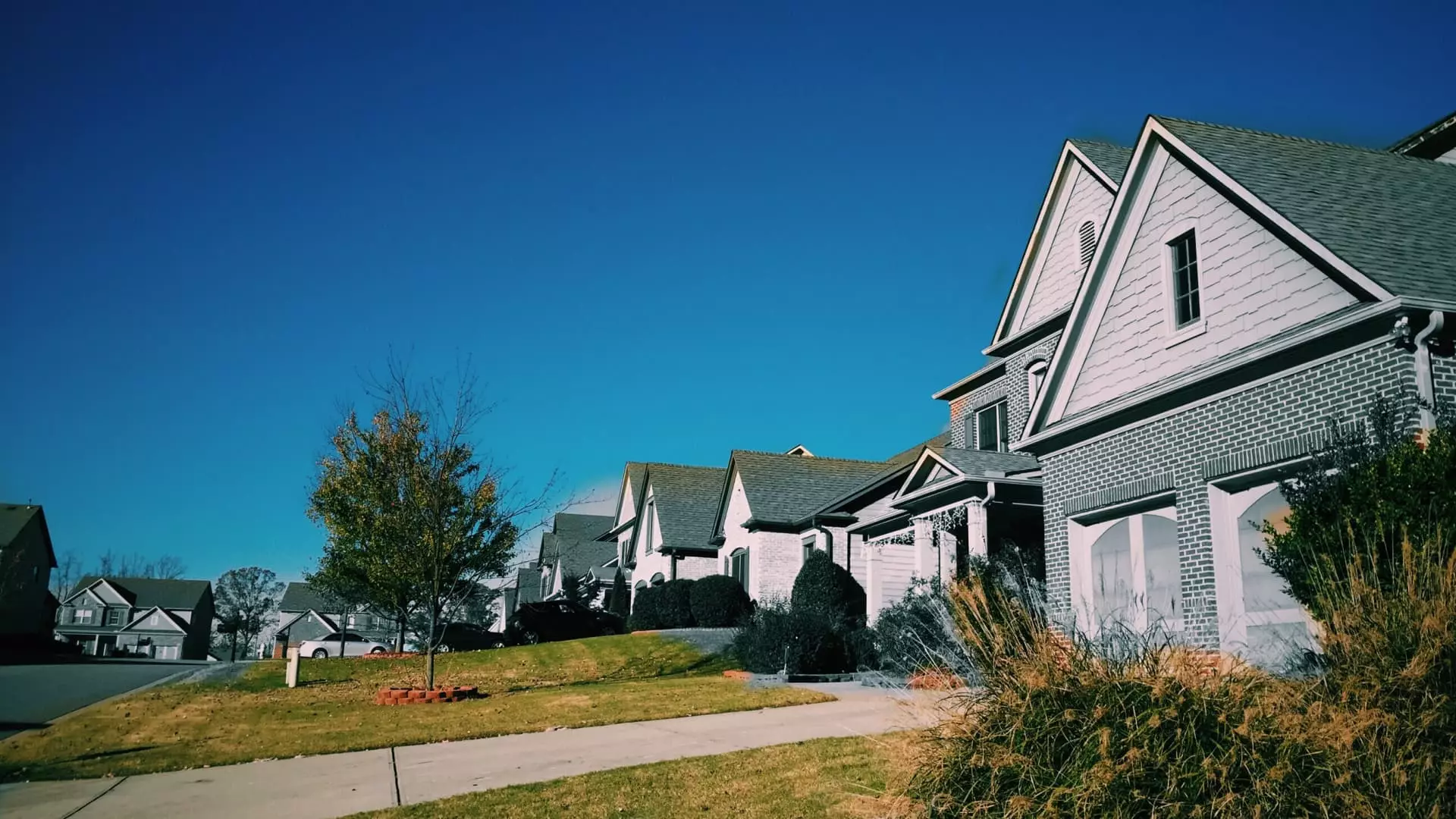Amidst the ever-increasing housing prices, homeowners have amassed an impressive $32 trillion in home equity in the first quarter of 2024, reaching an all-time high. This surge in home equity is seen as a positive aspect of today’s housing market, especially when many other indicators are less optimistic. It is noted that the average borrower holds around $214,000 in equity that can be leveraged, with 60% of homeowners possessing at least $100,000 to tap into. Tappable equity is calculated as the maximum amount that most lenders will allow homeowners to borrow while still maintaining a 20% cushion in the home. Andy Walden, the vice president of research and analysis at the Intercontinental Exchange, attributes the record levels of tappable equity to the continued rise in home prices.
Although homeowners are currently sitting on a substantial amount of housing wealth, the cost of borrowing against this equity has also increased significantly in recent years due to multiple rate hikes by the Federal Reserve. Greg McBride, the chief financial analyst at Bankrate.com, highlighted that the high-interest rates have made it more challenging for individuals to access their home equity. McBride emphasized that the perception of home equity being a cheap source of funds has shifted, and borrowing against it has become more costly.
In the aftermath of the pandemic, many homeowners took advantage of low-interest rates by refinancing their mortgages and extracting the excess funds as a lump sum. However, with current mortgage rates hovering around 6.3%, the attractiveness of cash-out refinancing has diminished. McBride noted that while opportunities for cash-out refinancing might increase as rates decrease, it is unlikely to reach the levels seen in 2021 when rates were exceptionally low.
Aside from cash-out refinancing, homeowners have other options to tap into their home equity, such as home equity loans and HELOCs. A home equity loan is a type of second mortgage that provides borrowers with a lump sum at a fixed interest rate. This option is suitable for homeowners looking to fund renovations or repairs on their property. However, the current average interest rate for a home equity loan is 8.52%, notably higher than a traditional 30-year fixed-rate mortgage.
Conversely, a HELOC allows homeowners to borrow against a portion of their equity on an as-needed basis. It functions as a revolving line of credit with better interest rates than credit cards, making it a more flexible option for accessing funds. While the average HELOC interest rate is nearly 10%, it is still significantly lower than credit card interest rates exceeding 20%.
Before opting to borrow against their home equity, homeowners must carefully weigh the risks and consequences associated with this decision. Defaulting on a home equity loan can lead to serious ramifications, including foreclosure and damage to one’s credit score. Failure to repay a home equity loan can also hinder future borrowing opportunities regardless of the loan type. Therefore, it is essential for individuals to plan ahead, assess their financial capabilities, and ensure they can meet the repayment obligations before utilizing their home equity.

Leave a Reply